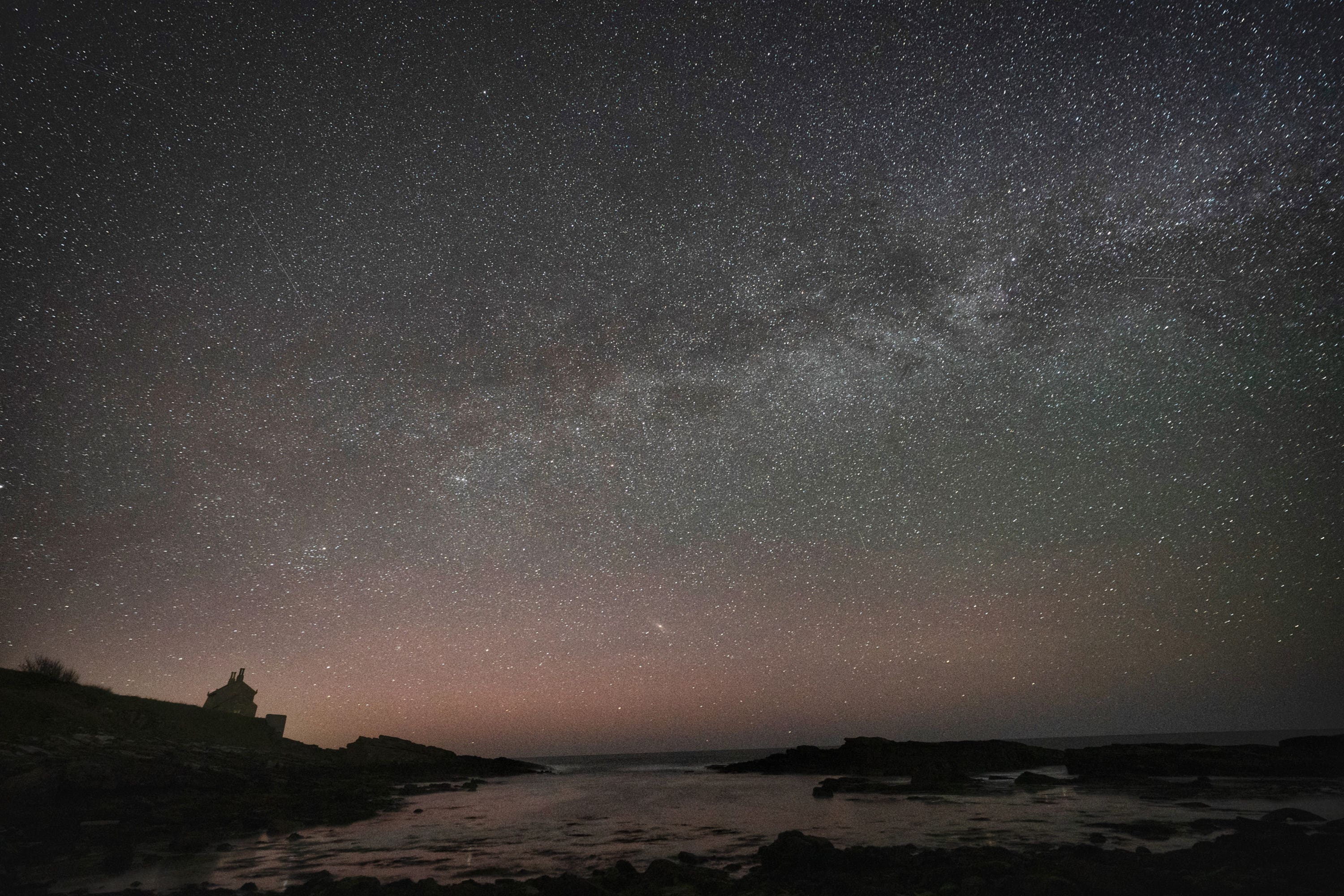Scientists see huge explosion in space – and it could tell us where life came from
Two neutron stars merged and formed the materials required for everything we see around us

Scientists have watched one of the most powerful explosions ever seen – and it could explain where life came from.
The exceptionally bright blast, a gamma-ray burst known as GRB 230307A, happened when two neutron stars met and merged into one.
That caused a vast explosion that rippled across the universe. It could be seen from Earth, and scientists observed it using a variety of ground- and space-based telescopes, such as the Nasa’s new James Webb Space Telescope.
They watched as the collision formed one of the brightest explosions of its kind, more than a million times brighter than our entire Milky Way galaxy. It lasted for a relatively long 200 seconds, which is unusual for a gamma-ray burst caused by colliding neutron stars, and was thought to be impossible until recently.
In the aftermath of the explosion, researchers spotted an important chemical element named tellurium. That is one of the vital materials needed to sustain life on Earth, and the discovery could help explain how it first came about.
Scientists believe those explosions, known as a kilonova, could also be the source of other key materials needed for life on Earth, such as iodine and thorium.
“Just over 150 years since Dmitri Mendeleev wrote down the periodic table of elements, we are now finally in the position to start filling in those last blanks of understanding where everything was made, thanks to the James Webb Telescope,” Andrew Levan, from Radboud University, the lead author on the new study.
The new findings suggest that those elements, key to everything around us, are formed in colliding neutron stars.
“Gamma-ray bursts come from powerful jets travelling at almost the speed of light – in this case driven by a collision between two neutron stars. These stars spent several billion years spiralling towards one another before colliding to produce the gamma-ray burst we observed in March this year. The merger site is the approximate length of the Milky Way (about 120,000 light-years) outside of their home galaxy, meaning they must have been launched out together,” said Ben Gompertz, from the University of Birmingham.
“Colliding neutron stars provide the conditions needed to synthesise very heavy elements, and the radioactive glow of these new elements powered the kilonova we detected as the blast faded. Kilonovae are extremely rare and very difficult to observe and study, which is why this discovery is so exciting.”
The findings are reported in a new paper, ‘Heavy element production in a compact object merger observed by JWST’, published in Nature.
Join our commenting forum
Join thought-provoking conversations, follow other Independent readers and see their replies
Comments